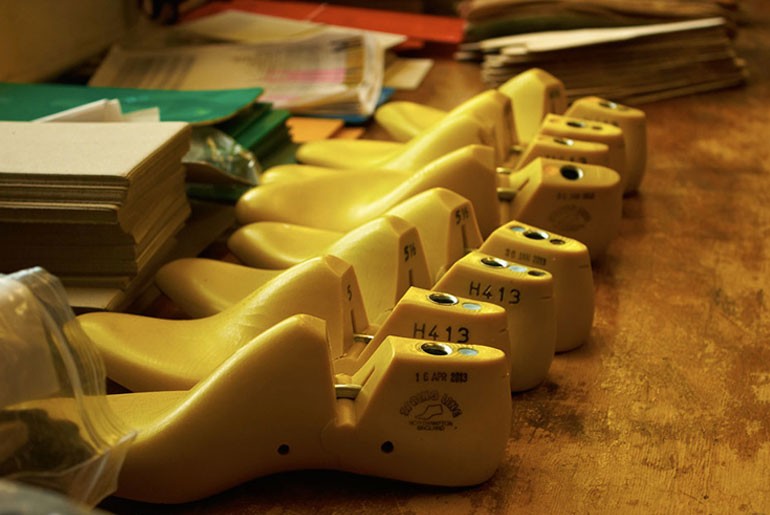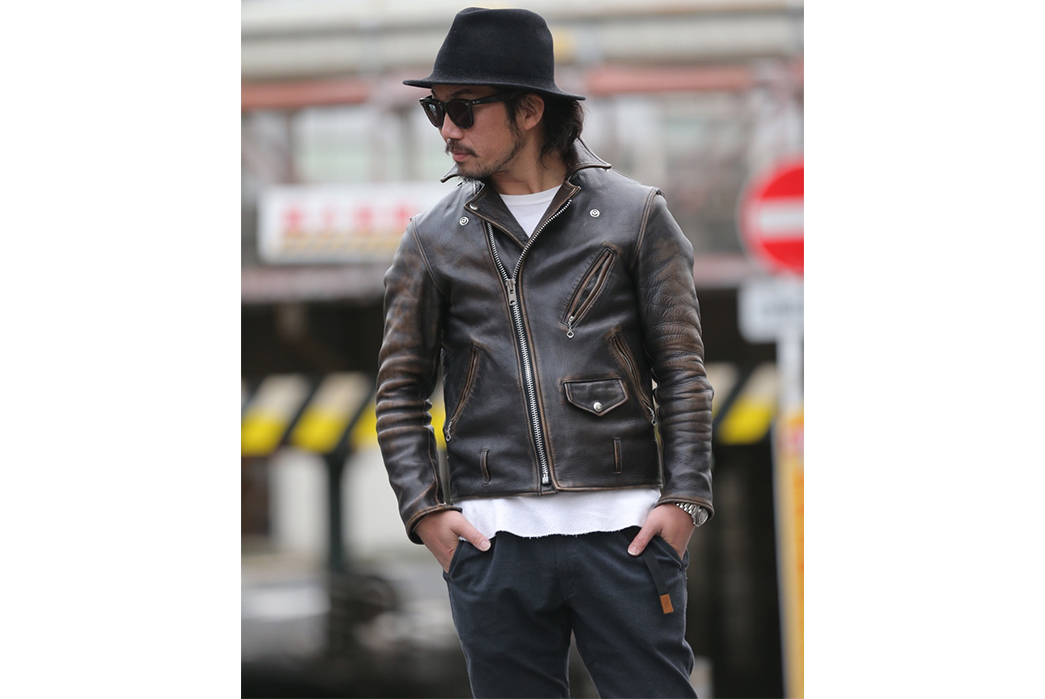- Heddels
- Posts
- Rayon – The Silky Science Experiment- Meermin
Rayon – The Silky Science Experiment- Meermin
Together with
Rayon – The Silky Science Experiment
Rayon began its life as the first manmade fiber, but the lives on today in Hawaiian shirts, souvenir jackets, and many other garments
James Smith

Standing as the oldest manmade fiber, rayon and its resulting fabrics have been in production for over a century. Synonymous with summer fashion, this semisynthetic cloth is often used to make Hawaiian and other broad-collared warm-weather shirts.
But what exactly is rayon? And how did efforts to save the silkworm population of France lead to one of the world’s most widely produced fabrics? We’ll answer those questions and more in this rayon rundown.
What is Rayon?
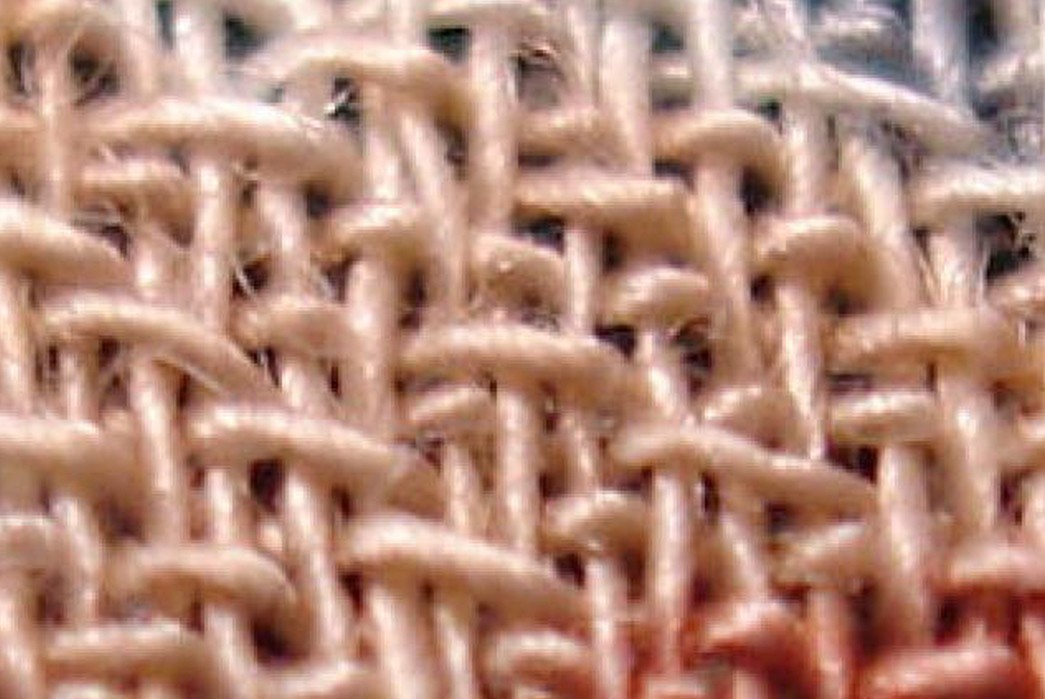
Rayon fibers via Wikimedia
Rayon is a broad term used to describe semisynthetic fibers made from regenerated plant cellulose, i.e., wood pulp. These highly versatile fibers can be manufactured to imitate the feel and aesthetic of natural fibers such as wool, cotton, linen, and most famously silk.
The term ‘rayon‘ can be used to describe 3 fabrics used in the garment industry: viscose, lyocell, & modal. The terms rayon and viscose are actually used interchangeably a lot of the time, but there are differences between the two, and also between the type of rayon you see on vintage Hawaiian shirts and a lyocell or modal fabric. Here are some key facts about these fibers:
Rayon is made from regenerated cellulose fibers and has a more matte surface
Viscose is also made from regenerated cellulose, but the fibers are processed in a different way to create yarns/fabrics with a higher sheen.
Modal is made from regenerated cellulose fibers, which are spun in a specific way to make modal fabrics perform better when wet (a weakness of traditional rayon fabrics)
Lyocell is made from regenerated cellulose fibers but without the use of harsh chemicals, making it the most sustainable semisynthetic fiber in the rayon world.
In the niche of heritage clothing, traditional rayon fabrics are the most relevant – the types used by brands like Sun Surf, Pherrow’s, Tailor Toyo, and other brands to reproduce vintage garments like Hawaiian shirts, Sukajan jackets, and bowling shirts. The rest of this article focuses on this type of rayon.

Sun Surf Duke Kahanamoku Special Edition Shirts, available for $225 from HINOYA.
/ In Partnership with Meermin /
Meermin already had a stacked roster of quality loafers, but it’s showing even more commitment to the slip-on style with the development of its NOVA last. Designed to have a roomy forefoot and a flat, round toe for an elegant yet casual look, Meermin’s new NOVA last is available across a range of unlined loafers.
There's penny loafers, Horsebit loafers, and even Venetian loafers with a handstitched apron and rubber sole for traversing the city. Whatever silhouette or leather you’re interested in, you can rest assured that each pair is handmade with Goodyear welt construction that allows them to be resoled if ever required.
Head over to Meermin to check out the new NOVA collection.
Properties & Benefits
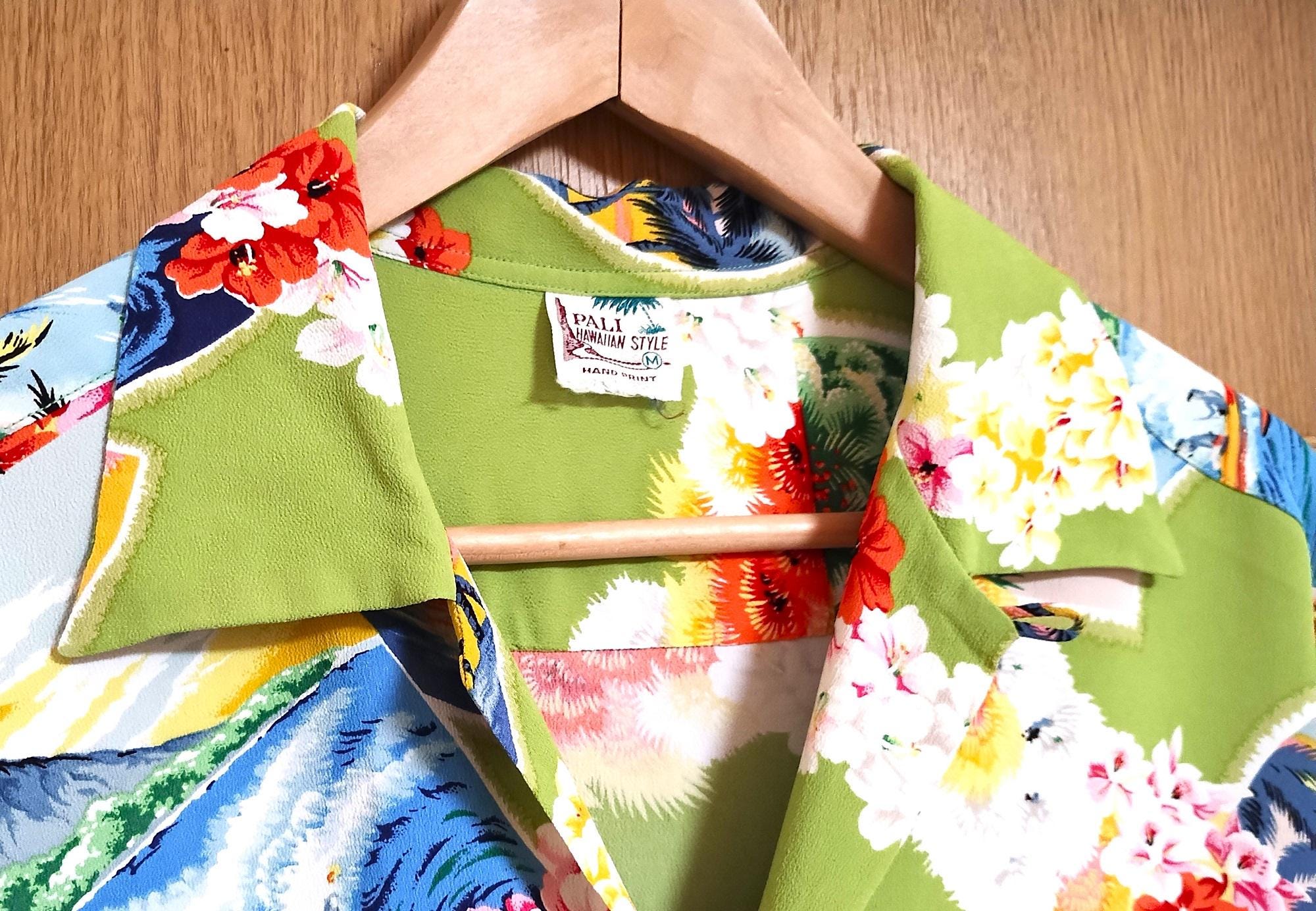
Rayon shirt via Etsy
Rayon fabrics often have a soft hand and insulate minimal body heat, making them a great option for hot and humid climates. In addition to the aforementioned properties, rayon fabrics are easy to dye and drape well.
The only real drawback of rayon is its lack of durability. Most rayon fibers have a very low tensile strength, especially when wet, and fabrics made from the fiber usually require dry cleaning or very delicate handwashing.
Bather Lake Camp Shirts, made from 100% rayon and available from Bather for $150.
A Brief History of Rayon
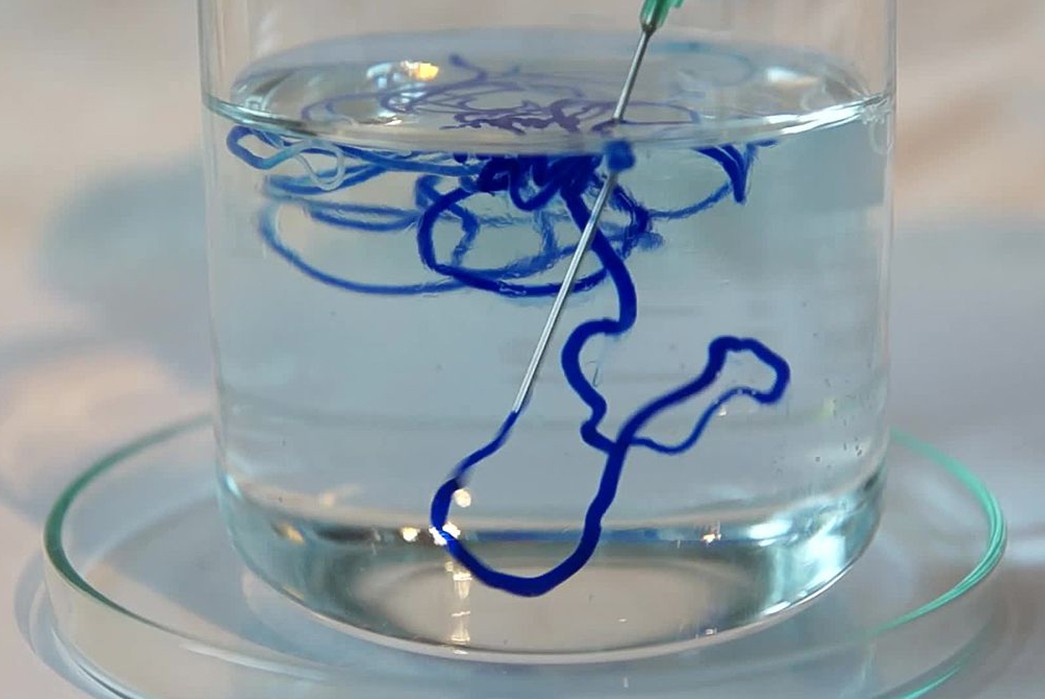
A simple artificial silk thread being produced through a chemical reaction via Wikimedia.
A Swiss chemist named Georges Audemars discovered the first crude artificial silk in 1855 by dipping a needle into mulberry bark pulp and gummy rubber to make threads. However groundbreaking, this process was too slow to put into practice on a larger scale.
The mid-nineteenth century also saw the French silk industry threatened by a disease that was killing off the silkworm population. French chemist, Count Hilaire de Chardonnet, was working on a solution to this epidemic with distinguished biologist and fellow countryman, Louis Pasteur (the namesake of “pasteurization”), when he discovered that cellulose fibers could be regenerated to create artificial silk-like yarns. Don’t worry, we’ll elaborate on the science-y bit shortly.
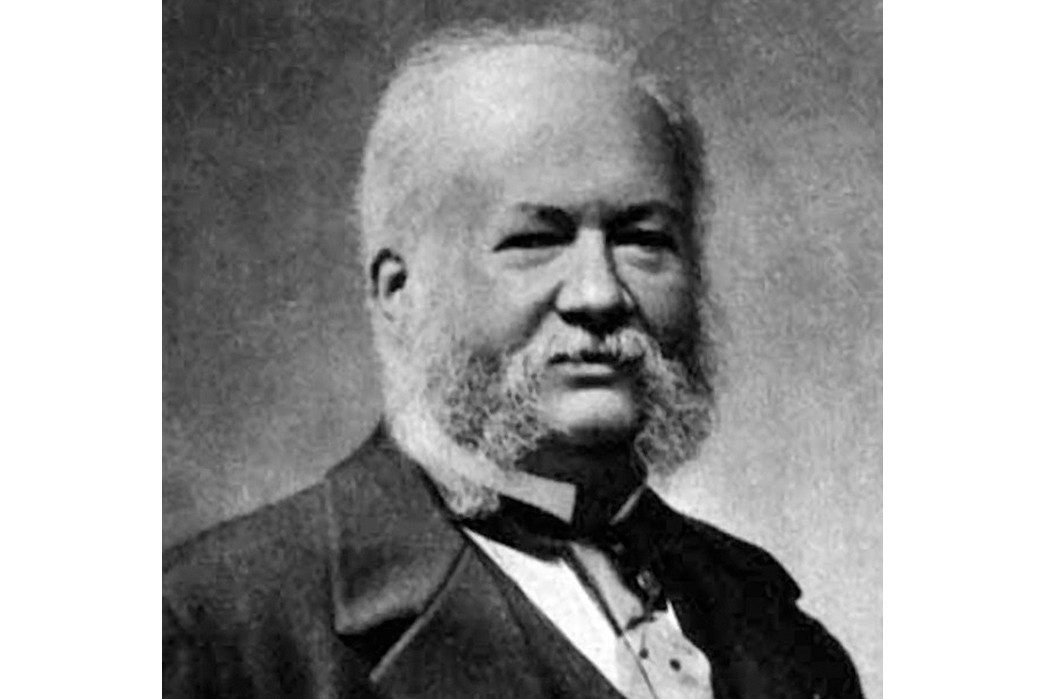
Count Hilaire de Chardonnet via Wikimedia
Count Hilaire patented his process in 1888 and produced a batch of his ‘Chardonnet Silk’ in 1889, however, his product was found to be highly flammable and was removed from the market. Shortly after, English chemist Charles Cross and his company patented the viscose method of producing rayon, which began commercial production in 1905 and remains the principal method of manufacturing rayon today.
How is Rayon Made?
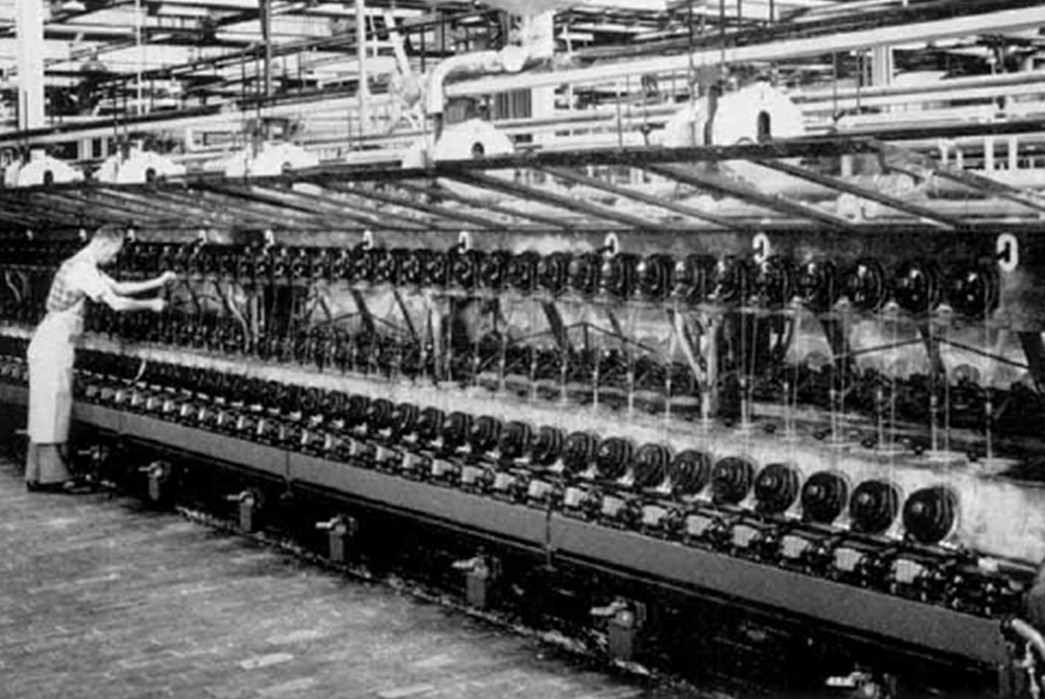
Image via Wikimedia
Regular or Viscose rayon is the most widely produced form of the semisynthetic fiber. It is produced through a complex process in which cellulose obtained from wood or plant pulp is subject to a variety of treatments before it can be made into yarn. This process is pretty much an artificial imitation of how a silkworm processes mulberry cellulose into silk fibers.
The cellulose is first dissolved in caustic soda, into a solution which is then pressed into sheets. The cellulose sheets are then shredded into a ‘white crumb’ and placed into a tank to age through exposure to oxygen. Next, the white crumb is mixed with carbon disulfide and dissolved in another caustic solution to form liquid viscose.
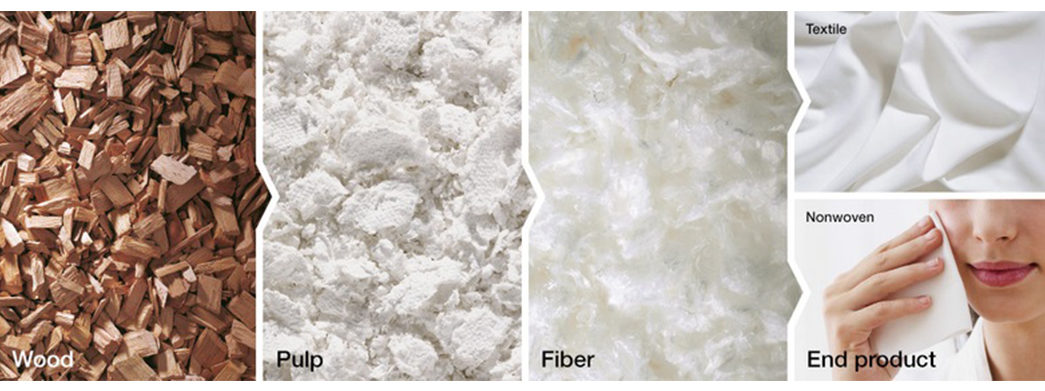
Image via Londas Files
The liquid viscose is then passed into a bath of sulfuric acid through a spinneret. When the solution hits the sulfuric acid, it reacts by forming filaments, which are then processed into rayon yarns. This final and crucial part of the rayon manufacturing process mimics the way in which a silkworm produces silk fibers from its body. The yarns are then stretched, spun, bleached, and woven into cloth.
There are also alternative forms of rayon, such as Lyocell, which follows a similar process to generic viscose with added processes to add resiliency to the fabric.
Examples of Rayon Products
Pherrow’s Bowling Shirt, available for $175 from Clutch Cafe.
Tailor Toyo White Eagle Landscape Souvenir Jacket Pink, available for $1,050 from Clutch Cafe.
Sun Surf Rayon Shirts, available for $255 from Clutch Cafe.
Like this? Read these:
What did you think of today's newsletter? |







